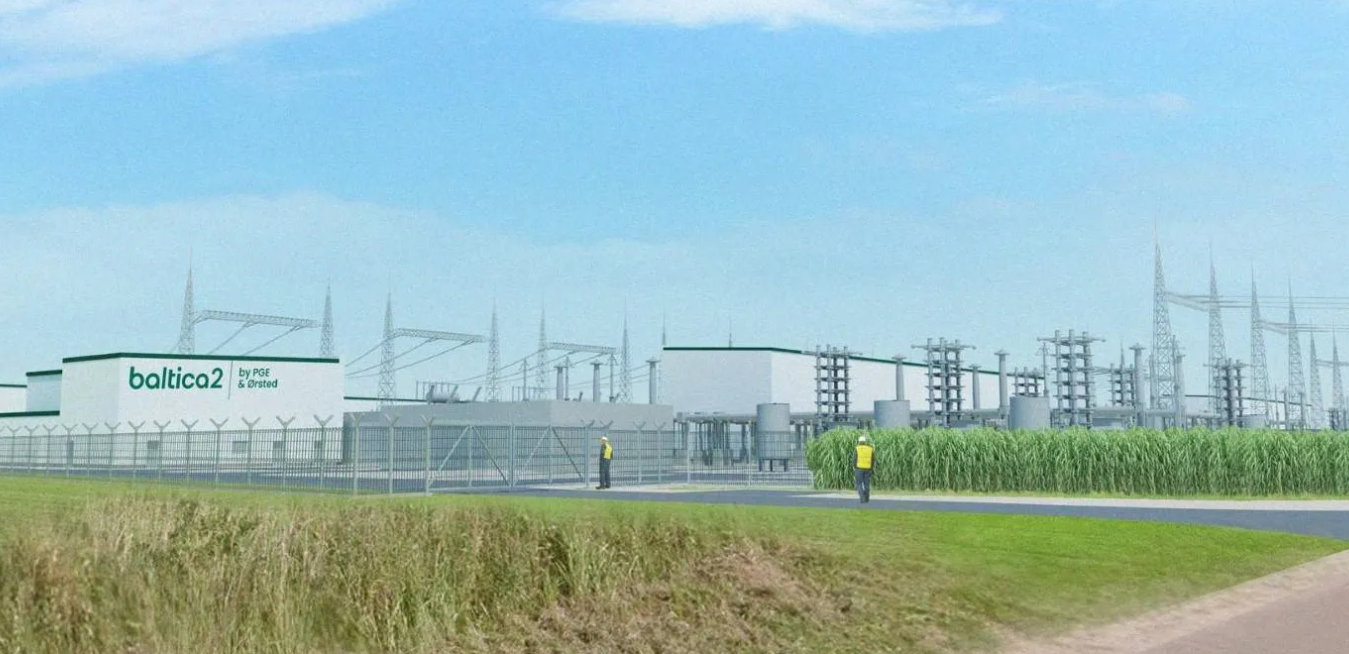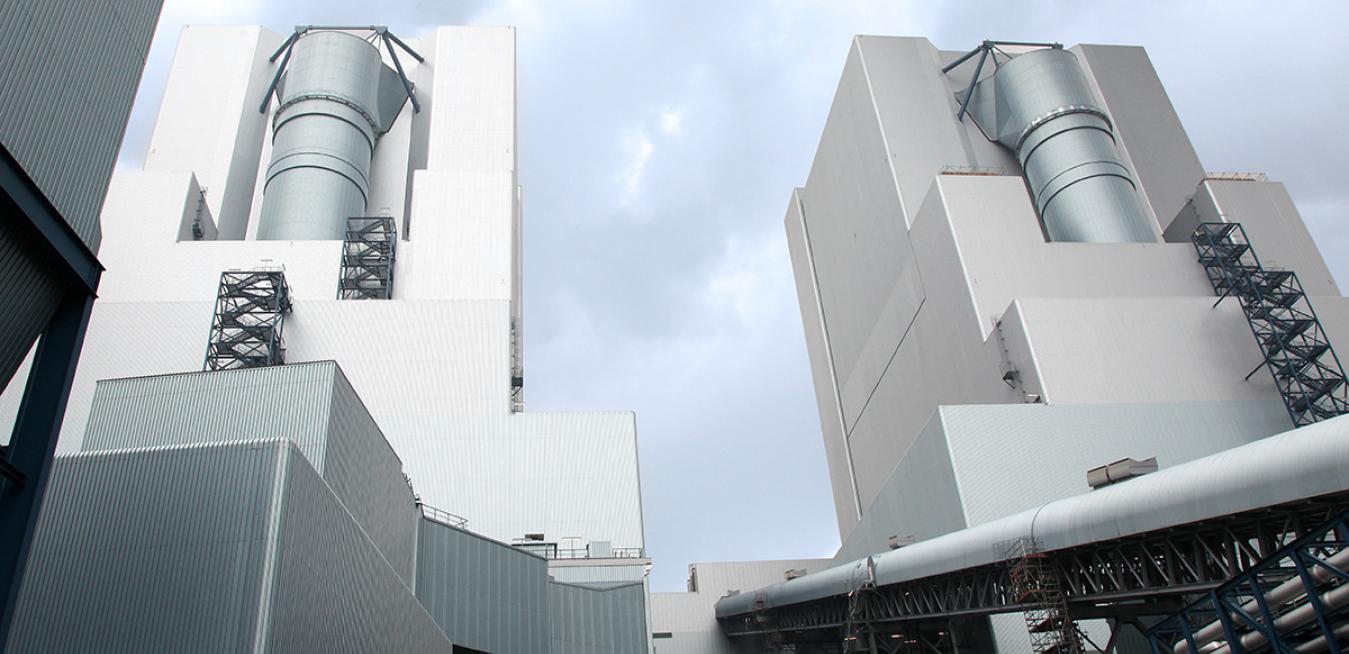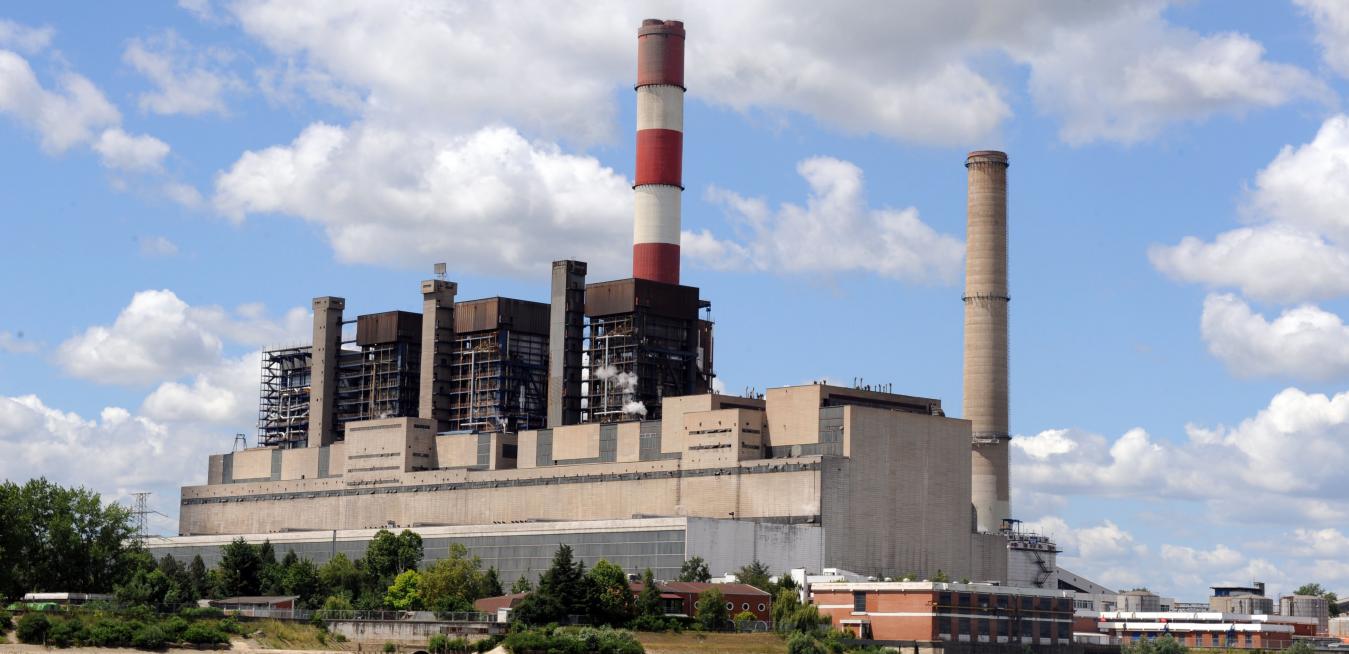Breaking up is hard to do. For communities determined to quickly adopt wind and solar, however, wriggling free from old coal-power providers is often the first step. That’s exactly what’s happened recently in Colorado, as the Federal Energy Regulatory Commission (FERC) last year granted electricity cooperative United Power’s wish to separate from Tri-State, a legacy generator.
Poland, which has long been dependent on coal power, is turning to the Baltic Sea to clean up its grid and join the energy revolution. The country’s north coast is deliciously rich in wind resources, and a joint venture between the PGE Polska Grupa Energetyczna and Ørsted have awarded a consortium made up of GE Vernova and Polimex Mostostal a contract to help build a new offshore wind farm there using the latest transmission and grid automation technologies.
Like many emerging economies, Bangladesh and Vietnam share a thirst for electricity. Powered by rapid economic growth, the former expects demand for electricity to jump 250% by 2040, while the latter will see more than a doubling of its demand in a decade, increases that dwarf the typical annual changes in advanced economies like the U.S. Both countries share something else in common: Despite being small contributors to worldwide greenhouse gas emissions, each nation sees climate change as a threat to its population and prosperity.
Buried 1,000 feet below the parched Thar Desert in Pakistan lies more fuel energy than all the known oil in Iran and Saudi Arabia combined. Just a small fraction of this 175-billion-ton lignite coal reserve is plentiful enough to supply one-fifth of Pakistan’s current energy levels for 50 years.
By Hong Chou Hui
In the 1989 French Open’s fourth round, Michael Chang ate bananas and beat Ivan Lendl en route to become the youngest tennis Grand Slam champion, vaulting the humble tropical fruit into public consciousness. The banana, packed with vitamins, fiber and minerals, is loved by many around the world as a food and snack.
Locals call Ramagundam the city of energy. The largest power plant in South India standing nearby along the banks of the Godavari River, for example, is capable of generating a whopping 2,600 megawatts of lifeblood electricity. That's enough to power 20 million local homes. The region has been investing in new power stations to meet its mammoth energy needs, but a major effort is also underway to modernize the existing fleet and make it efficient enough to meet the Indian government's ambitious targets to reduce air pollution.














